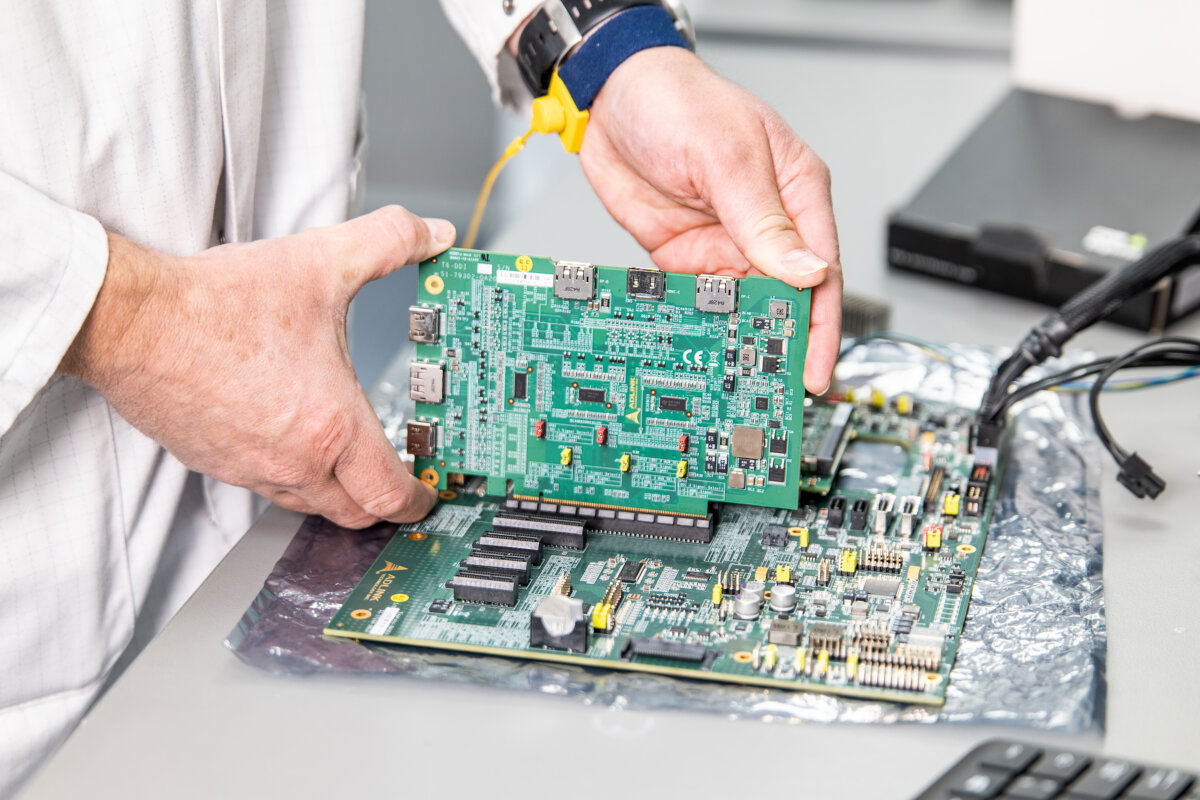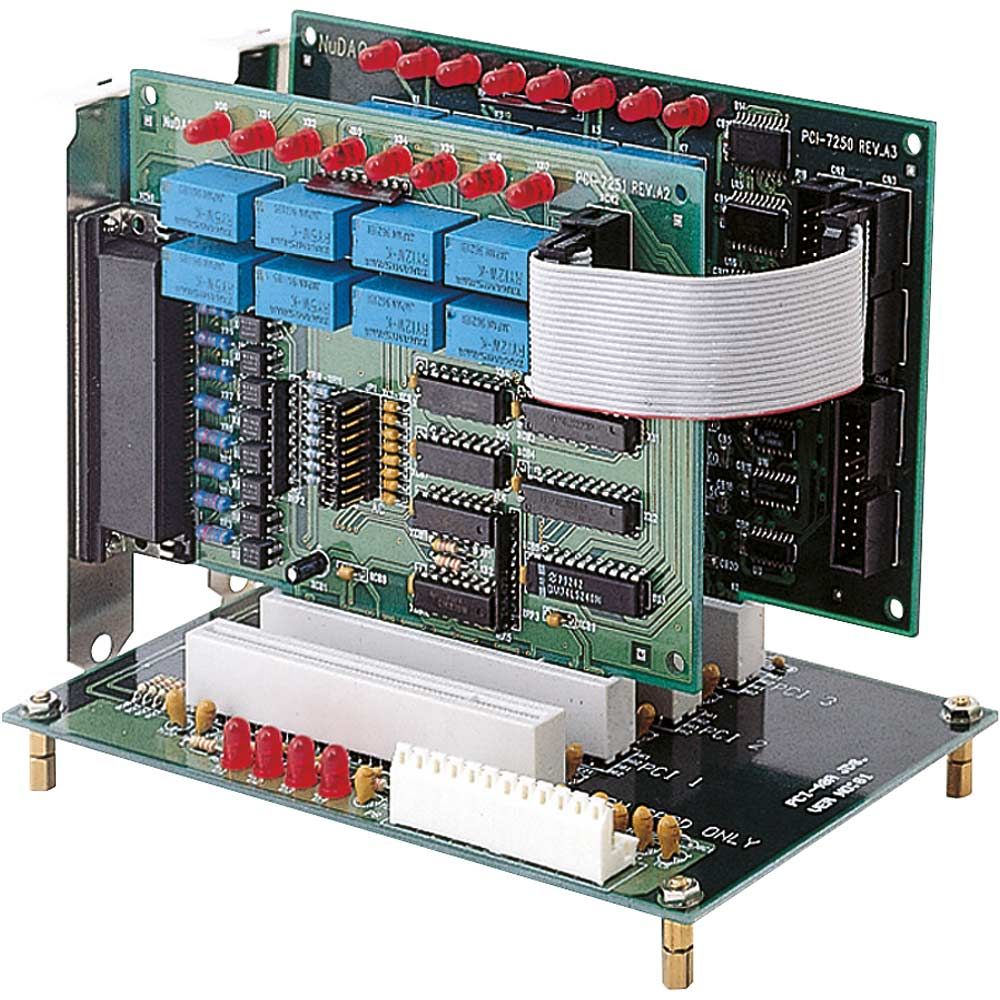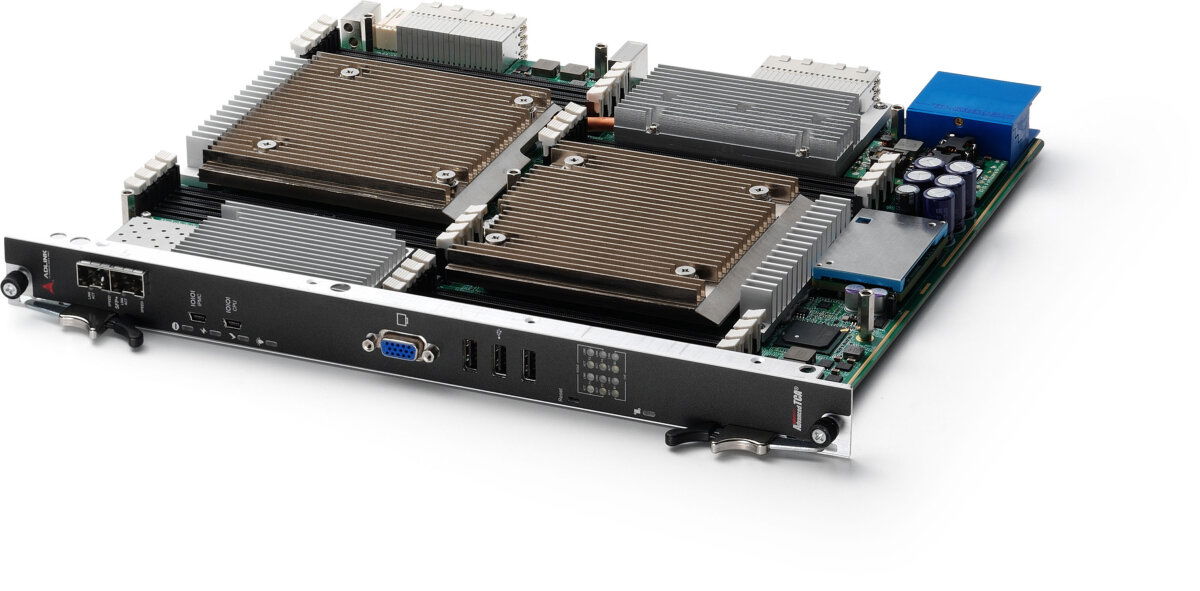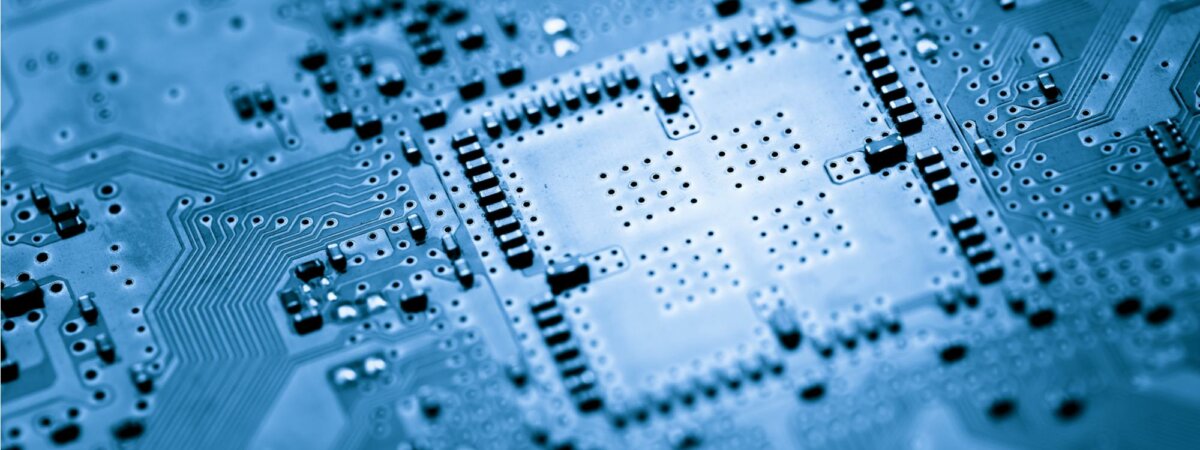Embedded computing solutions for faster, safer launches
Embedded computing
With 30+ years in embedded computing, we know the pain points OEMs, application developers and system integrators face—from long design cycles to lifecycle risk. Technically speaking, we combine a broad portfolio of embedded computing products with design-in services to cut time-to-market and total cost of ownership.
One partner, widest choice. Access the latest x86/ARM platforms, embedded computing boards (SBCs, COMs, carrier boards), storage, displays and I/O from a single source. That means fewer vendors to manage, consistent documentation, and faster approvals—in practice, this delivers measurable efficiency gains.
Custom where it counts. When standard SKUs are not enough, our engineers build custom embedded computers with validated BIOS images, ruggedized enclosures, extended-temperature components and long-term availability. The result is an embedded computing solution that meets spec the first time and stays maintainable over its full lifecycle.
Services that de-risk projects. From architecture reviews and thermal/mechanical design to OS image creation, compliance testing and obsolescence management, we support every phase—not least because reliability is paramount in industrial and medical environments.

Customised solutions
If you need a custom or bespoke solution due to the nature of your project, our Embedded Computing Technology Centre offers a range of capabilities and services for when a standard product does not meet your requirements.
Within the Embedded Computing Technology Centre, we can provide design-in support, integrated systems assembly and testing using our strategic and third-party partners. In conjunction with our Interconnect & Cable Assembly Technology Centre and Power Supply Technology Centre , our complete offering includes in-house CAD capability with custom power supply units (PSUs), on-site cable and connector assembly, EMC testing, and documentation and regulatory certifications.
Embedded computing solutions FAQs
Our FAQs about embedded computing
Embedded Computing integrates dedicated hardware and software into your device to do a specific job—reliably, safely and for many years. An Embedded Computing solution goes further: it blends the right boards/systems with design-in, compliance, testing and lifecycle services so you cut engineering effort, avoid rework, and launch faster with less risk. Acal BFi’s Embedded Computing Technology Centre is set up to deliver exactly that end-to-end outcome
By combining a wide portfolio (x86/ARM SBCs, COMs, panel/fanless systems, I/O, storage, displays) with in-house capabilities—CAD, custom PSUs, cable assembly, EMC pre-compliance, documentation and regulatory support—you remove vendor sprawl and keep decisions moving. In practice that means quicker prototypes, smoother approvals and fewer surprises at certification.
You can choose from standards including COM, VPX, cPCI, PXI/PXIe, PC/104, PCI/PCIe and industrial motherboards—spanning ARM and Intel®, with options for FPGAs and GPGPUs. Many platforms are designed for long lifecycles and harsh environments, giving you a stable base and a clean upgrade path as requirements evolve.
Yes—Acal BFi provides turnkey Embedded Computing systems such as rugged/fanless edge PCs, AIoT and GPGPU-HPC platforms, avionics computers and panel PCs. The Technology Centre can tailor enclosures, labelling, application images and even functional test routines, so your engineers focus on application value instead of thermal tuning and production test.
Lifecycle support is baked in: early EOL warnings on COTS parts, advice on last-time buys, and planned migrations keep your programme in control. Add repair, calibration, documentation and supply-chain options (JIT or JIC), and you have a single partner accountable from prototype through years of operation.
Absolutely. You can specify ruggedised systems (wide-temp, conformal coat, conduction cooling) and sealed, fanless or IP-rated panel PCs—including options up to IP69K for wash-down lines. That improves uptime on the factory floor, in vehicles, or in food/pharma settings while keeping maintenance predictable.
Use ARM when power budget and simplicity dominate; choose x86 for broad OS/application support or heavier mixed workloads; add GPGPU when vision or AI inference/training drives performance. Because Acal BFi covers all three within standard SBCs and complete systems, you can prototype quickly and pivot without a platform dead-end.
Yes—there’s dedicated Legacy coverage: VME SBCs with PMC/XMC expansion, AdvancedTCA® ecosystems, and ETX COM modules that maintain ISA/PCI while bridging to newer interconnects. That lets you modernise I/O, storage or performance while preserving validated software, certifications and mechanicals.
Industrial automation, transport/rail, medical, defence, vision and edge-AI/robotics are common—anywhere reliability, longevity and compliance matter. The breadth of boards and systems means you can keep a single solution partner from proof-of-concept through volume deployment across multiple programmes.
It centralises consulting, design, integration, testing and manufacturing—so decisions are faster, documentation stays consistent, and ownership is clear. When capacity is tight, you can lean on specialists to close gaps (e.g., EMC, functional test, image/BIOS builds), keeping your team focused on features that differentiate your product.













